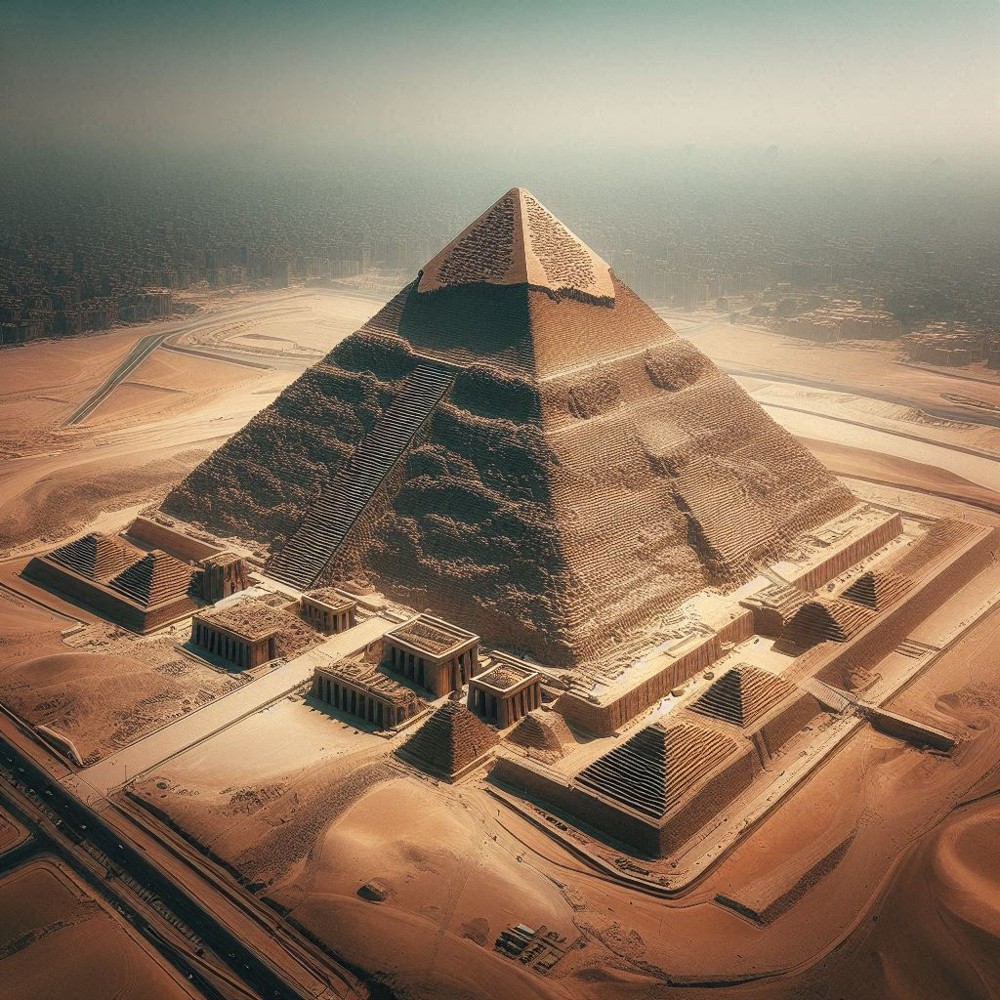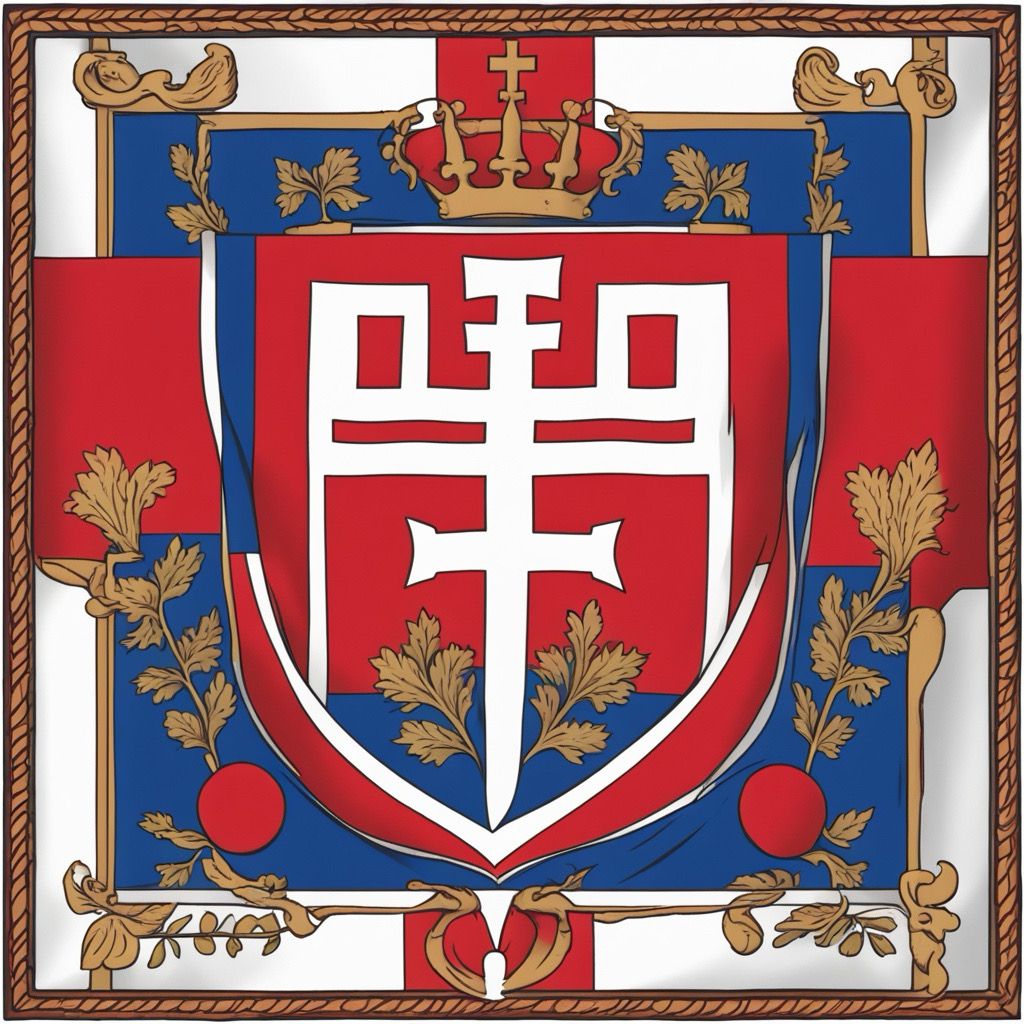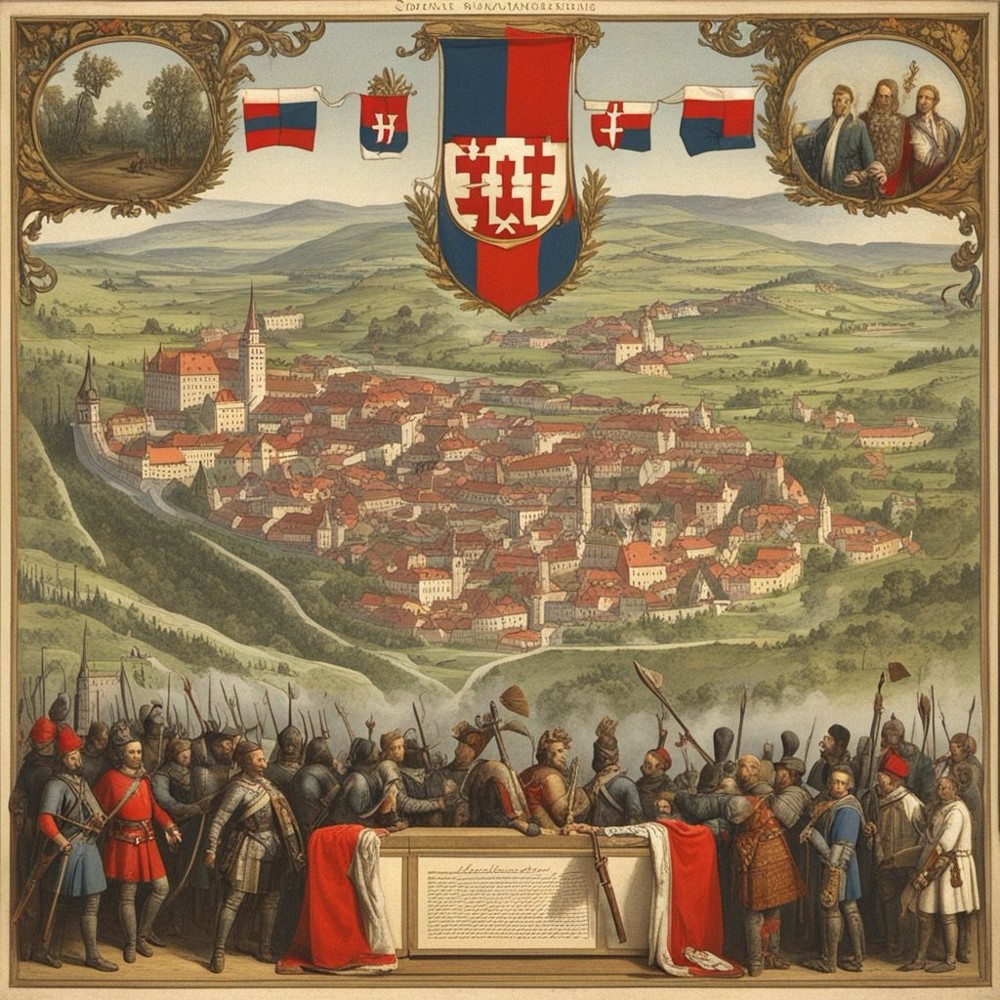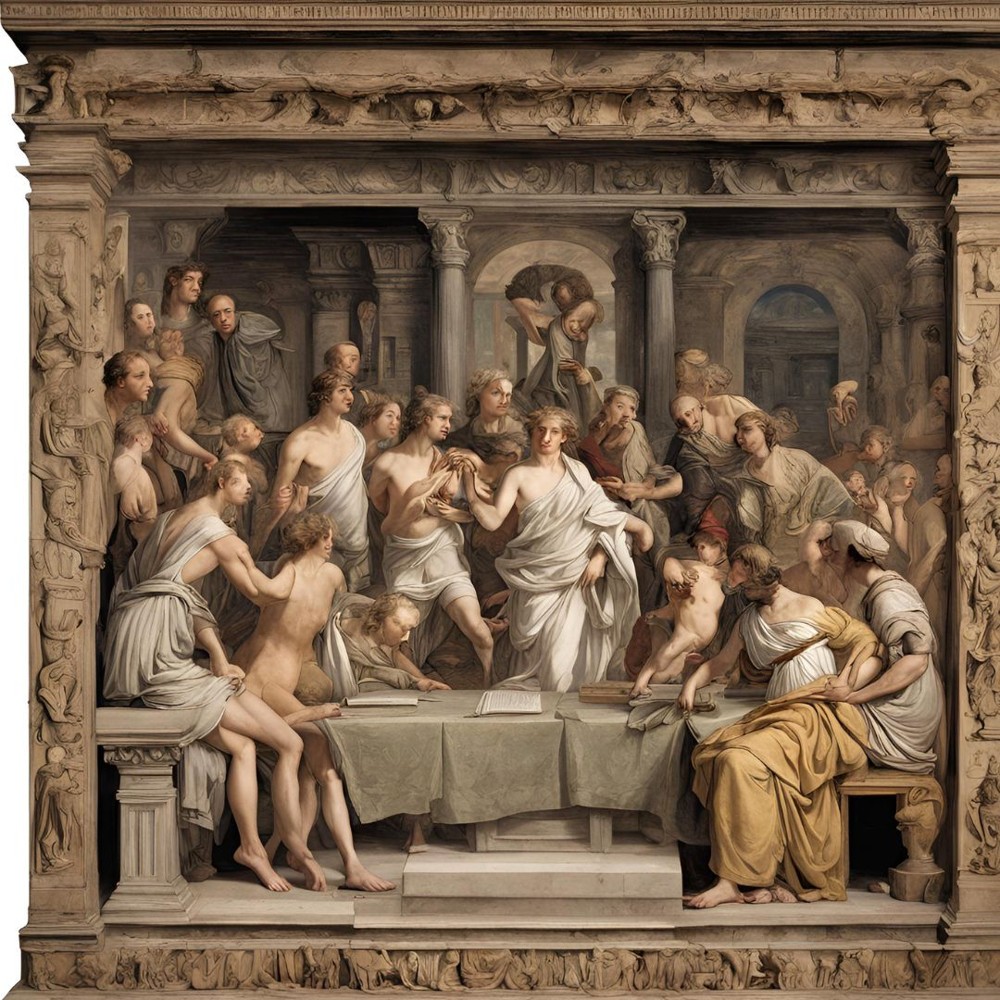One of the most iconic symbols of ancient Egypt is the Great Pyramid of Giza, a marvel of ancient engineering that still stands as a testament to the ingenuity of the Egyptian civilization. Built over 4,500 years ago, the Great Pyramid is aligned with remarkable precision to the cardinal points of the compass and is believed to have served as a tomb for the pharaoh Khufu.
The Maya civilization, known for its impressive cities and intricate calendar system, flourished in Mesoamerica from around 2000 BC to the Spanish conquest in the 16th century. The Maya developed a complex writing system, advanced mathematical concepts, and a deep understanding of astronomy, as evidenced by their precise calendars and astronomical alignments in their architecture.
Mesopotamia, often referred to as the "cradle of civilization," was home to several ancient cultures, including the Sumerians, Akkadians, Babylonians, and Assyrians. These civilizations thrived in the fertile lands between the Tigris and Euphrates rivers and made significant contributions to the development of writing, law, and urbanization.
Despite the wealth of knowledge we have gained about these ancient civilizations, many mysteries remain. The construction techniques used to build the pyramids of Egypt, the purpose of the intricate Maya calendar system, and the sudden collapse of the Mesopotamian empires are just a few of the puzzles that continue to intrigue researchers and historians.
As we unravel the secrets of these ancient civilizations, we gain a deeper understanding of our shared human history and the remarkable achievements of our ancestors. The legacies of Egypt, Maya, and Mesopotamia continue to inspire us to explore the mysteries of the past and unlock the secrets of our collective heritage.










